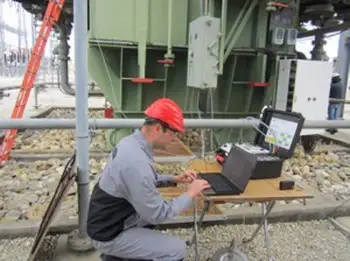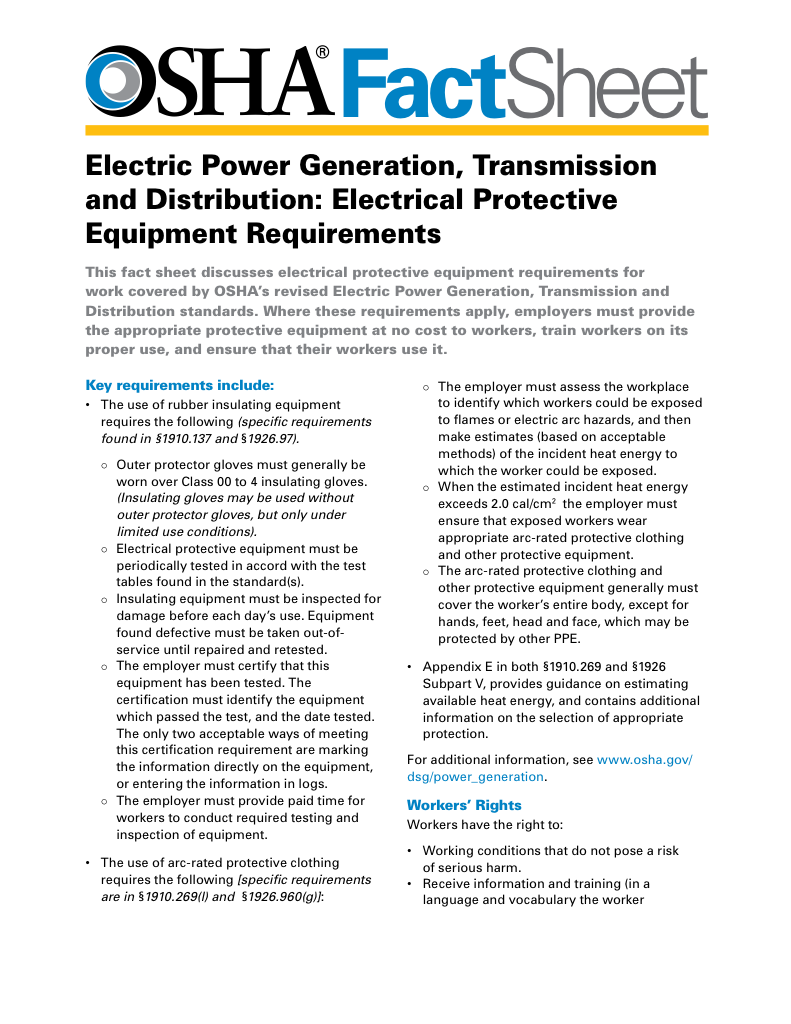What Is The Function Of Torus Isolation Transformer

Substation Maintenance Training
Our customized live online or in‑person group training can be delivered to your staff at your location.

- Live Online
- 12 hours Instructor-led
- Group Training Available
Download Our OSHA 3875 Fact Sheet – Electrical PPE for Power Industry Workers

- Follow rules for rubber gloves, arc-rated PPE, and inspection procedures
- Learn employer obligations for testing, certification, and training
- Protect workers from arc flash and electrical shock injuries
What Is the Function of Torus Isolation Transformer? It delivers galvanic isolation, power conditioning, EMI/RFI noise filtering, surge protection, and ground-loop breakup for cleaner audio, safer equipment, and stable home theater and pro AV systems.
What Is the Function of Torus Isolation Transformer?
Provides galvanic isolation to cut noise, break ground loops, and condition AC power for safer, cleaner performance.
✅ Galvanic isolation to prevent shock and equipment damage
✅ Filters EMI/RFI and reduces hum, hiss, and line noise
✅ Breaks ground loops for cleaner audio and video
A torus isolation transformer is a crucial component in electrical systems, providing safety and efficiency by isolating different sections of a circuit. Its unique design, characterized by a toroidal (doughnut-shaped) core, enables it to handle high power loads while minimizing energy loss. By offering galvanic isolation, this transformer protects sensitive equipment from electrical surges and noise, ensuring stable operation in critical environments. Understanding the function and significance of torus isolation transformers is essential for engineers and technicians working with electrical systems, as it plays a vital role in enhancing system reliability and safety. For foundational context, see this overview of what a transformer is and how its core principles inform isolation design.
Electrical Transformer Maintenance Training
Substation Maintenance Training
Request a Free Training Quotation
Electrical Isolation for Safety
One of the most significant features of a torus isolation transformer is its ability to provide electrical isolation between the power source and the connected equipment. This isolation is crucial for safety, as it helps protect users and equipment from the dangers of electric shock. Whether in industrial environments, medical settings, or home theatres, the transformer ensures that electrical faults or surges on the input power line do not harm sensitive devices. By separating the primary and secondary windings, the transformer creates a barrier that prevents faults from transferring to connected equipment, making it an essential component in systems where isolated power is necessary. For a deeper explanation of isolation principles, consult this isolation transformer guide that outlines operation, hazards, and typical applications.
Noise and Interference Reduction
In addition to safety, torus isolation transformers are designed to filter out noise and electromagnetic interference. In high-performance applications such as audio systems or home theatre setups, minimizing interference is vital for ensuring clear signals and high-quality performance. Electrical noise from power lines or nearby equipment can create distortion, affecting everything from sound quality to video resolution. With the toroidal core’s ability to block unwanted frequencies, these transformers contribute to reducing the noise floor and improving the overall user experience, particularly in environments where audio and audio-video signals need to be crystal clear. Comparing transformer types can clarify why toroidal designs exhibit lower radiated fields and audible hum in sensitive AV chains.
Voltage Regulation for Stable Performance
Another key function of a torus isolation transformer is its ability to stabilize voltage levels across the system. Voltage fluctuations can lead to unreliable performance or even damage to sensitive equipment. By regulating the input and output voltages, the transformer ensures that devices receive a constant, stable voltage, free from spikes or drops that could otherwise affect their operation. This feature is especially beneficial in high-performance systems, where voltage stability is critical to maintaining the desired functionality of complex equipment such as control systems or medical devices. Fundamentally, a transformer is a device that increases or decreases voltage and this capability supports consistent downstream performance.
Surge Protection for Sensitive Equipment
Torus isolation transformers also provide essential surge suppression, protecting devices from the damaging effects of power surges and spikes. Electrical surges, often caused by lightning, power outages, or faulty equipment, can cause irreparable damage to sensitive devices. By absorbing and redirecting excess voltage, the transformer prevents surges from reaching the connected equipment, ensuring longevity and reliable operation. For instance, in medical isolation transformers, surge protection is crucial for preventing harm to life-saving devices like ventilators or patient monitors. For broader context on system behavior, review what transformers do to understand how isolation complements surge suppression and grounding strategies.
Enhanced Equipment Longevity
Power Conditioning for Critical Systems
Torus isolation transformers are particularly favoured in settings where the quality of electrical power directly impacts the operation of sophisticated equipment. The ability to provide power conditioning through stable voltage regulation and noise reduction makes them invaluable in critical environments, such as hospitals, laboratories, and recording studios. Whether it's controlling the output voltage to a piece of sensitive medical machinery or ensuring the clarity of an audio-video signal, the transformer’s benefits extend far beyond basic electrical isolation. In smaller installations, a single-phase power transformer can provide isolation and conditioning while keeping footprint and cost manageable.
Frequently Asked Questions
What is a torus isolation transformer, and how does it work?
A torus isolation transformer is a specialized type of transformer that uses a toroidal (doughnut-shaped) core. This design allows for more compact construction and efficient operation compared to traditional transformers. The core is wound with wire in a continuous loop, which reduces energy loss and provides better electromagnetic shielding. The transformer works by transferring electrical energy from the primary coil to the secondary coil through magnetic induction, creating an isolated power source. This isolation prevents electrical faults or surges from transferring between the primary and secondary circuits, enhancing the safety of connected devices. Related background on different types of transformers helps distinguish toroidal isolation units from autotransformers and distribution designs.
How does a torus isolation transformer improve electrical safety?
What role does a torus isolation transformer play in noise reduction and interference filtering?
Why is voltage regulation important in a torus isolation transformer, and how does it work?
How does a torus isolation transformer contribute to the longevity and reliability of sensitive equipment?




